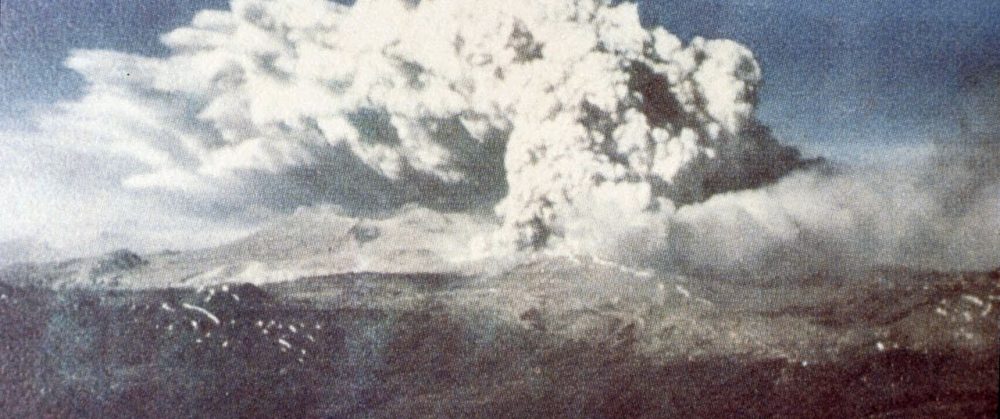60 years ago today, a mega-earthquake struck Chile. Also known as the Great Chilean Earthquake, it was the largest recorded seismic event in modern history. The Earthquake took place on Sunday 22 of May 1960 with an epicenter near Valdivia, roughly 570 kilometers (350 mi) south of Santiago.
Seismographs registered a quake of 9.5 on the moment magnitude scale, the event lasted nearly ten minutes causing tsunamis that were registered not only in Chile but Hawaii, Japan, the Philippines, and even New Zealand and Australia.
The Chilean coast was the worst affected with waves up to 25 meters in height. Seismic waves of the Earthquake were recorded as far away as 10,000 kilometers from the epicenter. The exact death toll caused by the earthquake remains an enigma, but experts estimate that anywhere between 1,000 and 7,000 people were killed.
The most affected area was Valdivia and its surroundings. In this city, the earthquake reached an intensity of between X and XII points on the Mercalli seismological scale.
The Great Chilean Earthquake also known as the Valdivia Earrhquakle occurred exactly at 15:11 UTC-4.
Valdivia, a coastal city, saw water levels rise by about four meters. An hour after the earthquake, a wave measured at 8 meters in height struck the Chilean coast, with waves over 10 meters in height being registered an hour and a half after the event.
Chile is located along a zone of high seismicity known as the “Pacific Ring of Fire.” This is the product of the tectonic collision between the Nazca Plate and the South American and Chiloé plates. The subduction of the first occurs under both continental plates nearly instantaneously. The energy that is produced due to the tension between these plates can accumulate to manifest in large telluric movements. These geological characteristics make Chile the most seismically active country in the world, registering more than a hundred earthquakes of magnitude 7 and a dozen large tsunamis.
Despite the frequency of earthquakes in Chile, current seismological studies indicate that earthquakes similar to that of 1960, called “giant earthquakes,” have a pattern of occurrence close to 300 years and have caused drastic changes in the structure of the Earth.
In fact, Valdivia is known for being a zone of powerful Earthquakes. Evidence points towards another, perhaps equally powerful, earthquake in Valdivia in 1575. However, although the 1575 Earthquake may have been similar in magnitude to that of 1960, it differs from the fact that the quake was not felt across vast distances. For example, Japan does not recount having a tsunami strike in 1575.
Two days after the 1960 earthquake, the Puyehue volcano, 200 km from the epicenter, erupted. The terrestrial axis moved by 3 cm, while the Nazca and Chiloé plates (block) abruptly advanced about 40 meters when they normally do so between 8 and 9 cm per year. This energy is equivalent to approximately 22.2% of the energy released by all seismic movements between January 1906 and December 2005.
The impact of the Valdivia earthquake, both in Chile and in other countries, led several governments to create new public bodies aimed at preventing and controlling damage from large-scale seismic events.

